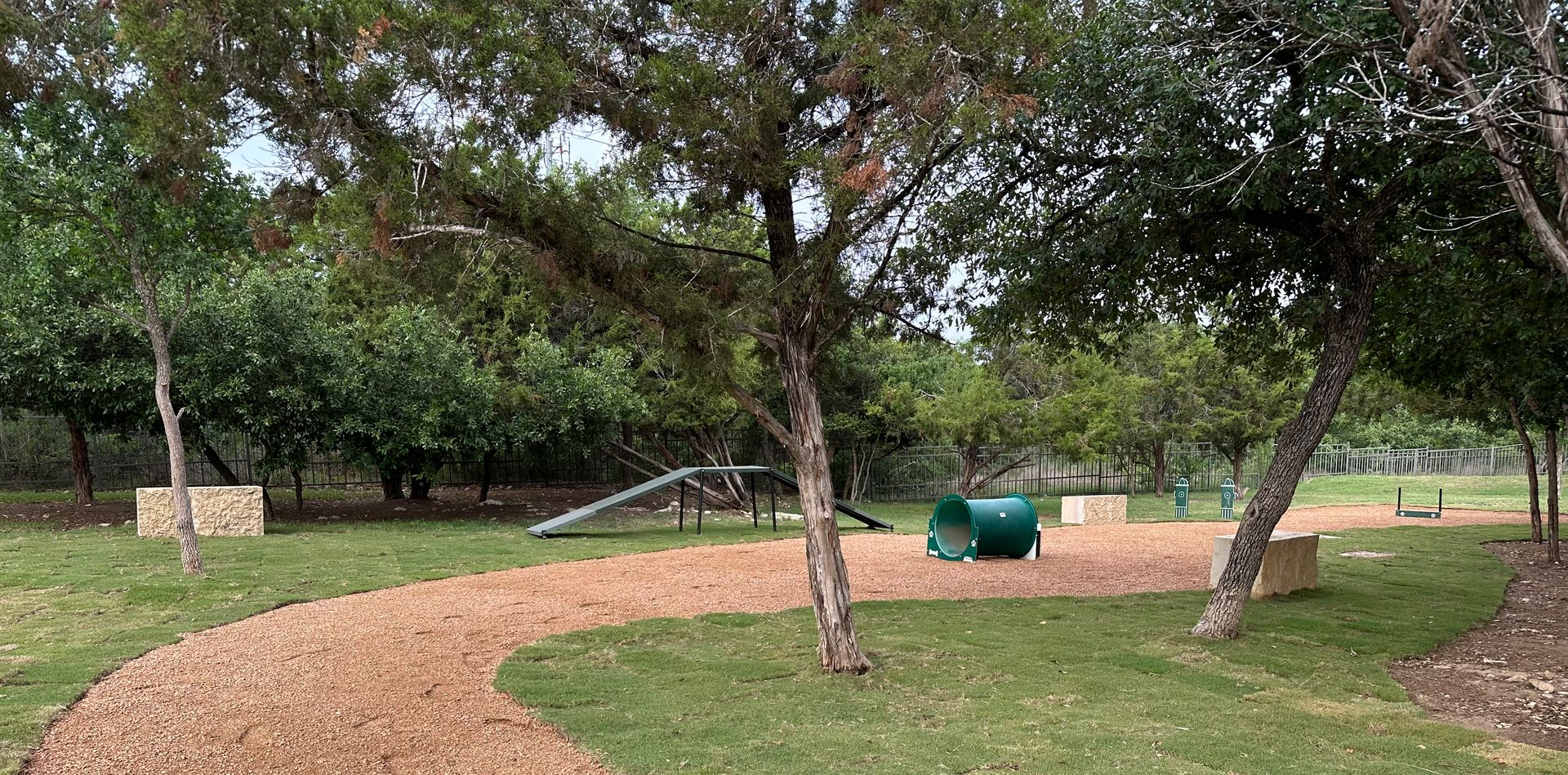The Ultimate Guide to Identifying and Preventing Common Tree Diseases in Central Texas
Healthy trees are an essential part of Central Texas landscapes, providing shade, beauty, and value to your home. Unfortunately, they are also vulnerable to pests, drought stress, and fungal infections that can compromise their longevity. If you’ve ever noticed strange spots on leaves, dying branches, or bark discoloration, you may be dealing with one of several tree diseases common in our region.
This guide will walk you through the most prevalent problems, how to spot them early, and the best strategies for prevention. By combining proactive care with professional tree care services, you can protect your investment and keep your property’s trees thriving.
Why Tree Diseases Are a Concern in Central Texas
Central Texas is renowned for its scorching summers, sporadic rainfall, and occasional freezes. These conditions can weaken even the hardiest native species, such as live oaks, cedar elms, and pecans. When trees are stressed, they become more susceptible to infections and infestations.
Unchecked tree diseases can:
- Spread quickly from one tree to another.
- Causes significant canopy loss or structural weakness.
- Increase the risk of falling branches or total tree failure.
- Lower property value and curb appeal.
The key to managing these issues is early detection and preventive maintenance.
Common Tree Diseases in Central Texas
Here are some of the most widespread diseases local homeowners should watch for:
1. Oak Wilt
Perhaps the most devastating disease in Texas, oak wilt spreads through the root systems of infected trees and is carried by beetles that transport fungal spores. It affects red oaks most severely, often killing them within a single season.
Symptoms:
- Wilting, browning leaves starting at the top of the tree.
- Rapid canopy loss.
- Mortality within weeks to months for red oaks.
Prevention:
- Avoid pruning oaks in the spring and early summer when beetle activity is at its highest.
- Seal all pruning cuts immediately.
- Hire professionals for specialized treatment and containment.
2. Hypoxylon Canker
A fungal disease that thrives in drought-stressed trees, hypoxylon canker attacks oaks, pecans, and sycamores. Once advanced, it is typically fatal.
Symptoms:
- Peeling bark reveals silver-gray fungal mats.
- Canopy thinning and dieback.
- Rapid decline, often in the hottest months.
Prevention:
- Maintain tree vigor through proper watering and soil care.
- Remove and dispose of infected trees to prevent the spread of the disease.
3. Anthracnose
This fungal disease affects sycamores, oaks, and ash trees in wetter springs. While rarely fatal, it can weaken trees over time.
Symptoms:
- Brown or irregular leaf spots.
- Twigs are dying back at the branch tips.
- Premature leaf drop in spring.
Prevention:
- Improve air circulation with selective tree trimming.
- Rake and dispose of infected leaves.
- Apply fungicide treatments when recommended.
4. Bacterial Leaf Scorch
Affects oaks, elms, and maples across Central Texas, this disease blocks water movement within the tree.
Symptoms:
- Yellow or brown margins on leaves.
- Leaves curling or drying out mid-season.
- Gradual canopy thinning over several years.
Prevention:
- Proper irrigation during drought.
- Mulching to protect root zones.
- Routine monitoring with professional tree care services.
5. Root Rot
Poor drainage and overwatering can cause root rot in many species. The disease weakens root systems, making trees prone to falling.
Symptoms:
- Mushy or discolored roots.
- Leaning trunk or unstable base.
- Canopy dieback and stunted growth.
Prevention:
- Correct drainage issues in your landscape.
- Avoid overwatering and soil compaction.
- Consult experts if you suspect an infection.

Preventing Tree Diseases: Best Practices
While some diseases are difficult to treat once established, prevention is highly effective in preventing their development. Homeowners can take the following steps to support long-term tree health:
- Water properly – Deep, infrequent watering strengthens root systems. Avoid shallow watering, which can encourage weak growth.
- Mulch Correctly – A 2–3 inch mulch layer insulates soil, reduces evaporation, and prevents mower damage.
- Schedule Regular Pruning – Professional tree trimming removes weak or diseased branches, improves airflow, and reduces storm risks.
- Fertilize When Needed – Soil testing helps determine nutrient deficiencies that may stress trees.
- Avoid Mechanical Damage – Be cautious when using lawn equipment near trunks and root zones.
- Hire Local Experts – Regular inspections from professional tree care services identify early warning signs before problems spread.
DIY vs. Professional Tree Care
While basic maintenance like watering and mulching can be done by homeowners, diagnosing and treating tree diseases is best left to professionals. Certified arborists have the training, equipment, and products necessary to:
- Identify diseases accurately.
- Apply treatments safely and effectively.
- Remove hazardous trees when necessary.
- Provide long-term care plans tailored to the specific conditions of Central Texas.
Attempting to handle complex issues without the necessary expertise can exacerbate the problem or create safety hazards.
Why Choose 7 Kings Landscaping
At 7 Kings Landscaping, we understand how important healthy trees are to your home’s beauty and safety. Our experienced team provides comprehensive tree care services in Austin and surrounding areas, including:
- Routine maintenance and trimming.
- Disease and pest management.
- Safe removals when trees are beyond recovery.
- Preventative programs to ensure long-term vitality.
Whether you’re worried about oak wilt, storm damage, or simply want to improve your property’s tree health, we’re here to help.
Protect Your Trees from Disease with Expert Care in Austin
Trees are a valuable part of Central Texas landscapes, but they require attentive care to stay strong. By learning to recognize the symptoms of common tree diseases and partnering with trusted professionals, you can protect your yard from costly damage.
From tree trimming to preventive treatments, 7 Kings Landscaping offers the expertise Austin homeowners need to safeguard their trees year-round. Contact us today to schedule an inspection and maintain the health of your trees for generations to come.
